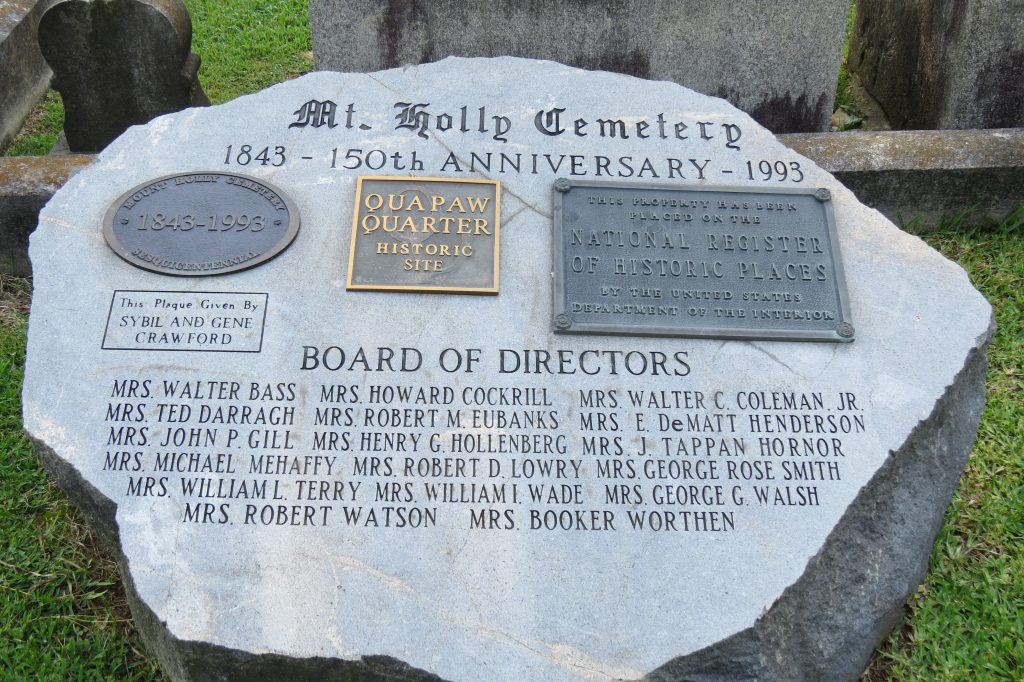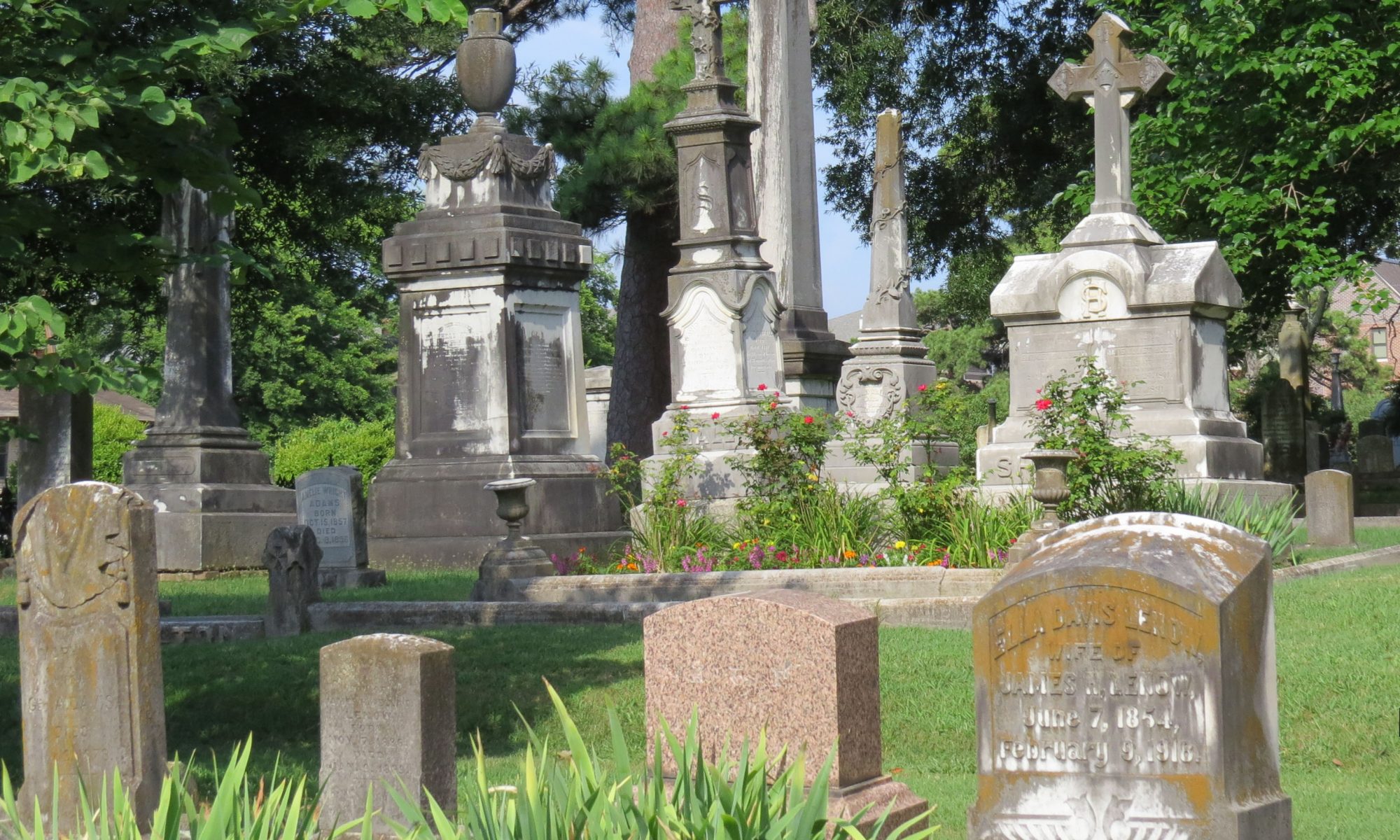Mount Holly has been referred to as the “Westminster of Arkansas” because of the number of famous Arkansans buried here. Arkansas governors, state Supreme Court Justices, United States senators, Confederate generals, mayors, and Pulitzer Prize winners share Mount Holly with slaves, businessmen, farmers, artists, children, doctors, church leaders, and suffragettes.

On February 23, 1843, prominent Little Rock businessmen Roswell Beebe and Chester Ashley deeded four blocks to the young city of Little Rock for use as a cemetery. Before then, the dead were buried in private family cemeteries or in a small cemetery where the Federal Building now stands on Capitol Avenue and Gaines Street.
The people of Mount Holly are a microcosm of American history – not just of Arkansas. Veterans of every American conflict from the American Revolution to the Gulf War repose here, as do people of all races and walks of life. Quatie, or Elizabeth Ross, the wife of Cherokee chief John Ross, died en route to Indian Territory in 1839 as she traveled the water route of the Trail of Tears. She was buried at the Capitol Avenue cemetery and her remains, along with those of a number of others, were reinterred at Mount Holly. Find more about other interesting people buried at Mount Holly by following our blog and reading our tour brochures.
Mount Holly attracts thousands of visitors annually. It is recommended on trip planners and by local tour operators. The Landmarks Walking Tour of Little Rock and the Civil War Trust’s Little Rock Campaign Driving Tour are two self-guided tours that include stops at Mount Holly. Trip Advisor users rate Mount Holly Cemetery very favorably.

The cemetery is on the National Register of Historic Places. It is operated by the Mount Holly Cemetery Association. Read more about Mount Holly in the Encyclopedia of Arkansas and Wikipedia.


